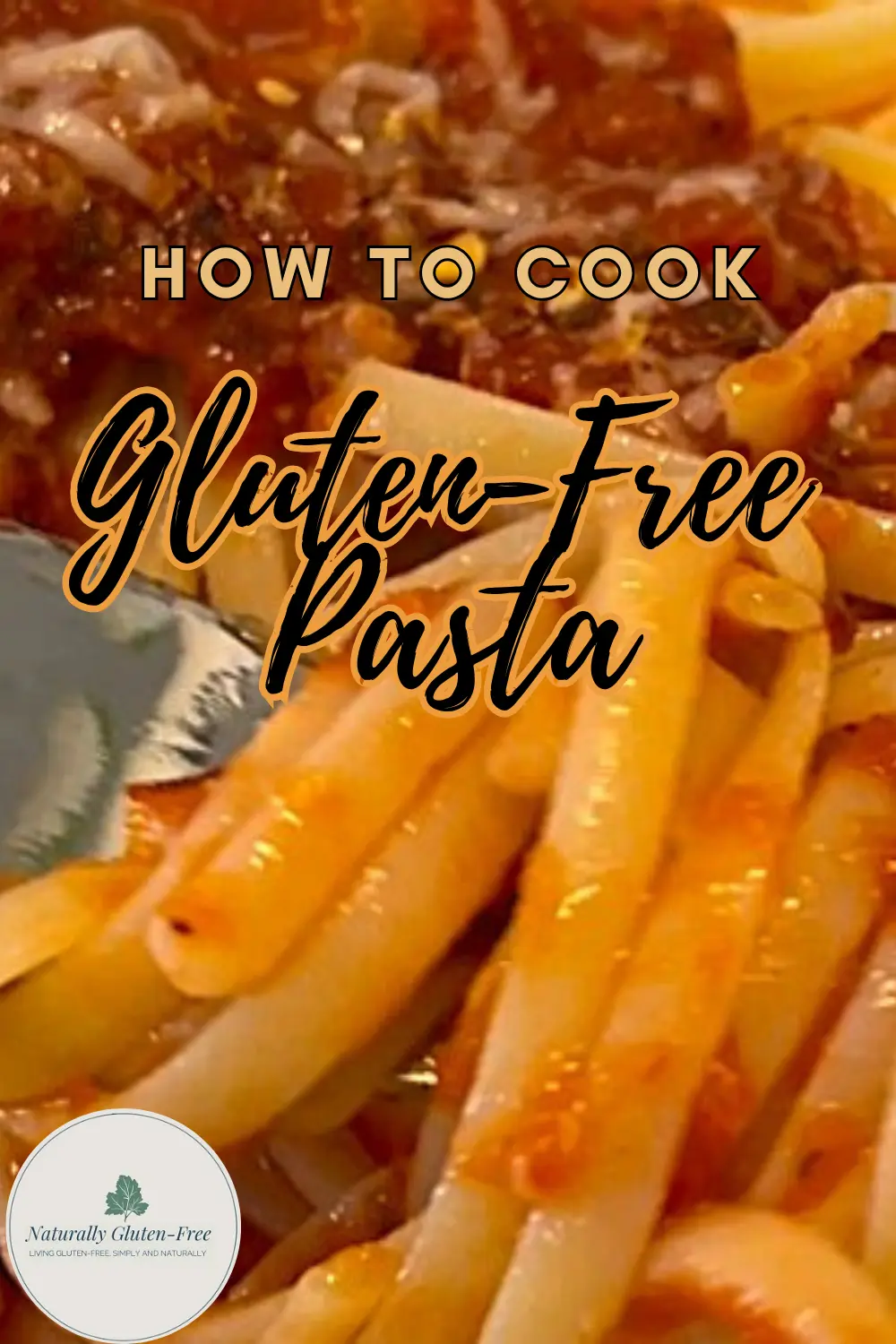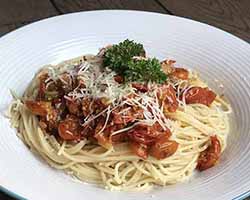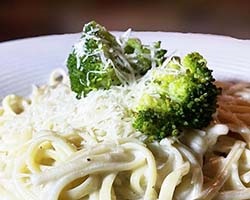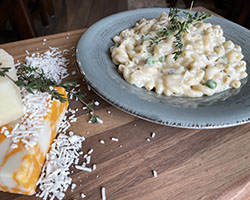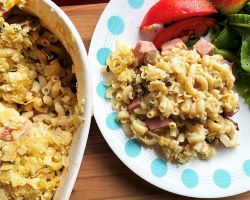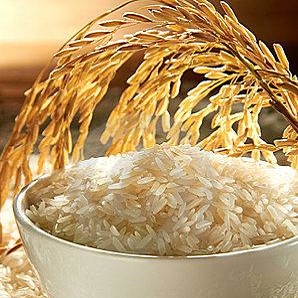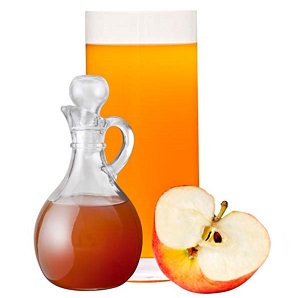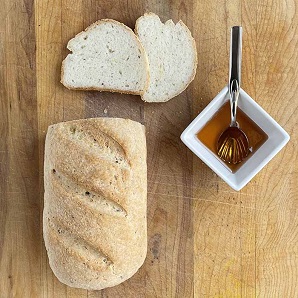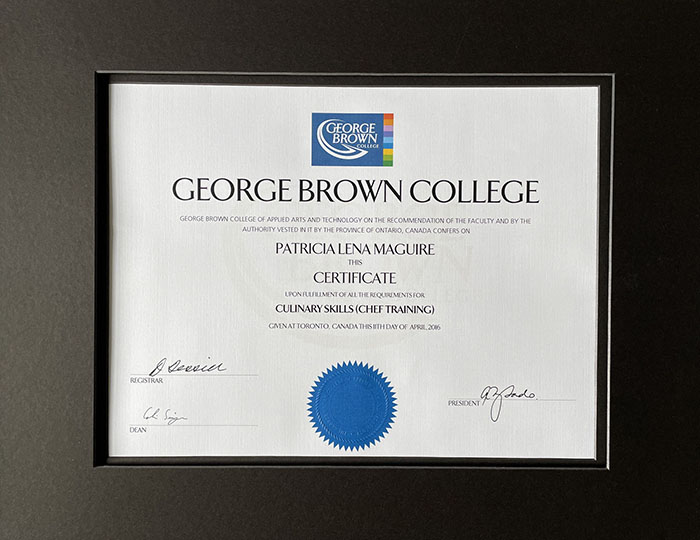- Home
- Gluten Free Food
- Gluten-Free Pasta
- Cooking GF Pasta
How to Cook Gluten-Free Pasta - No Mush, No Clumps, Perfect Every Time
Cooking gluten-free pasta isn’t hard, but it is a little different than cooking wheat pasta. Gluten-free pasta is more delicate and behaves differently because it lacks gluten, the protein that gives wheat pasta its structure and elasticity.
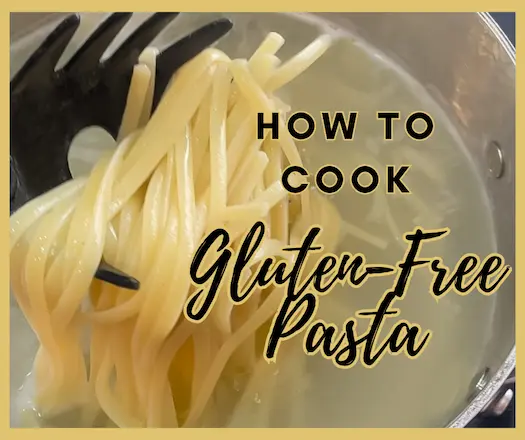
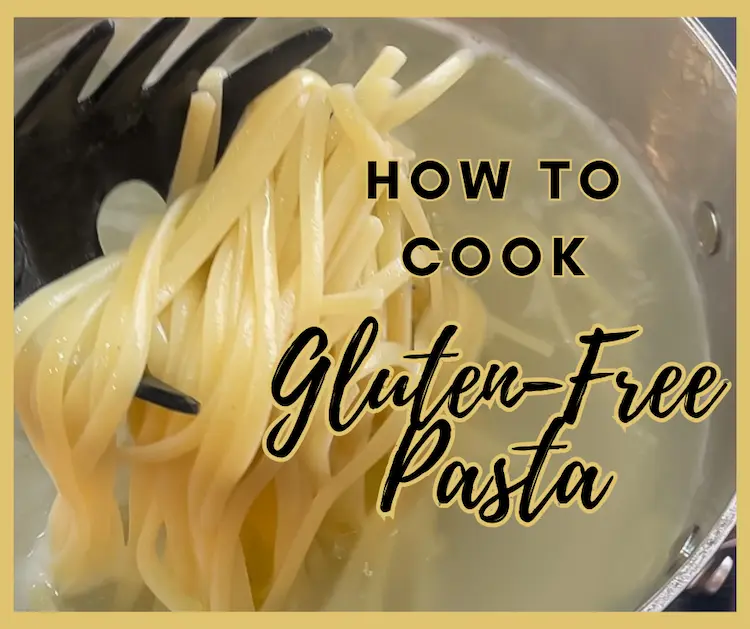
So, If you’re here because you’re struggling with noodles that fall apart, clump together, or turn mushy, we’re about to change that.
In this guide, I’ll walk you through step-by-step instructions to make your gluten-free pasta tender, delicious, and ready for you to ladle on your favorite sauce.
Table of Contents
Choosing the Right Gluten Free Pasta
Choosing the best gluten-free pasta is a little bit about personal taste and a little bit about understanding what will perform best for in the dish you’re making.
- Rice pasta has a mild flavor and is fairly forgiving for beginners. Rice noodles are common in Asian dishes.
- Corn or quinoa pastas have a firmer texture but can turn gummy if overcooked. These work well in cold pasta salads.
- Chickpea or lentil pastas are higher in protein, so if you’re looking for a nutrition boost this might be the right choice. Careful though, they cook quickly, and can be fragile.
- Blended pastas, rice + corn, or corn + quinoa for example are closest to wheat pasta and most reliable in my opinion. These are your major brands like Barilla, Jovial or Catelli and President’s choice in Canada.
Different shapes matter too: thin spaghetti or angel hair cooks fast and is unforgiving. For spaghetti-type dishes I prefer linguine noodles. Penne or rigatoni take more time and hold up a little better. They are also great at capturing sauces.
Pasta Cooking Equipment
You don't need anything fancy. That's probably why pasta is so popular. Here is your basic kit:
- A large pot with lots of water - 4 to 5 quarts works well. Your pasta needs room to move around so it won’t clump.
- Salt – season your water generously. This is your one chance to flavor the noodles themselves.
- A wooden or silicone spoon is gentler than metal for stirring. If I’m making spaghetti or linguini I stir with a plastic spaghetti claw.
- A colander for draining – I love my over-the-sink expandable colander. A strainer that attaches to your pot is an option too.
Product Recommendations: Shop the Guide
I’ve put together a list of products I keep in my pantry along with convenient links. If you choose to purchase through one of these links I may earn a small commission at no extra cost to you.
Gluten-Free Pasta Brands
Reliable brands like Barilla, Catelli, and Jovial, gluten-free pasta are all available online.
Cooking Tools
I love my collapsible colander. It fits right over the sink for easy hands-free straining.
Gluten-free pasta benefits from careful cooking. This large pasta pot has a strainer lid and cool grip handles. Gentle tools like silicone spoons and pasta servers help keep noodles from breaking.
If you’d like to try veggie-based alternatives, a spiralizer or mandoline slicer makes quick work of zucchini or eggplant.
Sauces & Pantry Staples
Pair your pasta with gluten-free sauces like Rao’s marinara or Classico. Remember to always check ingredients as formulations change.
Storage & Meal Prep
Cook once, enjoy twice! Glass storage containers go from fridge to microwave to table making leftovers easy to store and reheat without losing texture.
Cookbooks & Inspiration
Want more ideas? Check out my review of America's Test Kitchen Mediterranean Cookbook. If you like the sound of it, its a great way to expand your recipe collection and find new favorites.
Step-by-Step: How to Cook Gluten Free Pasta
So, what’s the trick to cooking gluten-free pasta? It’s about gentle handling, careful timing, and not letting it sit too long.
1. Gather your Equipment.
2. Bring water to a boil. Add salt before the pasta goes in.
3. Add pasta and stir gently. Stir once or twice at the beginning to make sure all the pasta is submerged and that it doesn’t stick together. No need to keep stirring — that causes breakage and makes your water too starchy.
4. Reduce heat to medium-low. A rolling boil is too aggressive and can break the pasta. You want a medium simmer – gentle, consistent bubbling.
5. Set a timer and check early. Follow the time on the package but begin taste-testing about two minutes before the timer goes off.
6. Test for doneness. How do you tell if gluten-free pasta is done? Capture a noodle on a spoon and take a bite. It should be tender but still firm enough to hold its shape. You need to chew a little, it shouldn’t fall apart in your mouth.
7. Reserve a little cooking water. Scoop out half a cup before draining. It’s full of starch and perfect for loosening sauces.
8. Drain carefully. Use a colander. You can shake gently but don’t toss or be too rough.
Do you need to add oil to your pasta water?
NO, don't add oil to the water unless you’re cooking fresh pasta. A drizzle of olive oil or butter after cooking works better to keep noodles from sticking.
Cooking Time
How long do you cook gluten-free pasta for? It depends on the shape, but it will generally take between 6 and 10 minutes. Thin spaghetti cooks faster than chunky penne.
Follow the package instructions and start testing about two minutes before it’s supposed to be done. Gluten-free pasta has a narrow window between perfect and mushy. That’s why testing early is so important.
Yes, you can overcook gluten-free pasta — and once it’s mushy, there’s no saving it. Prevention is the best strategy.
Draining & Serving
We’ve already talked about draining gently in a colander. You don’t want to be too rough on those delicate noodles or they will break.
Some pots have a built-in strainer, or if you’re really talented you can tip the pot over the sink with the lid slightly askew. Be warned though, that’s a good way to end up with a sink full of pasta. Ask me how I know.
- Rinse or not? If you're serving it hot, don’t rinse — the starch helps sauce to stick. If you're making pasta salad, a quick rinse stops cooking and prevents clumps.
- Serve right away. Gluten-free pasta doesn’t like to wait. If you must hold it for a few minutes, toss it with a drizzle of olive oil, butter or a spoonful of sauce.
Reheating & Storing Leftovers
Gluten-free pasta is best fresh, but here’s how to manage leftovers:
- Storage: Toss with a little olive oil or sauce and refrigerate in an airtight container for up to 2 days.
- Reheating:
- Microwave: Add a splash of water or sauce and heat gently. A microwave safe cover helps to keep the steam in.
- Skillet: Steam in a pan with a little broth, water, or sauce. Use a lid to keep the steam in. Stir gently but sparingly or not at all.
Sauce Pairings & Serving Ideas
Because gluten-free pasta is a little more fragile, sauces that don’t require heavy tossing often work best. Try:
- Simple tomato or marinara.
- Spoon on a hearty bolognaise.
- Creamy Alfredo or carbonara.
- Olive oil or pesto.
And of course, gluten-free pasta makes a great base for pasta salads, baked casseroles, or as a side with dishes like my gluten-free maple glazed pork tenderloin.
Gluten-Free Pasta Recipes
Frequently Asked Questions
What’s the trick to cooking gluten-free pasta?
Plenty of water, medium simmer instead of rolling boil, don’t stir too much and serve immediately.
How long do you cook gluten-free pasta for?
6–10 minutes depending on type and brand. Follow the package but start testing 2 minutes early.
How to tell if gluten-free pasta is done?
Taste it! It should be tender, but not mushy.
Can you overcook gluten-free pasta?
Yes, and the window between perfect and mush is small. Use a timer and test early.
Why does my gluten-free pasta fall apart?
Usually from overcooking, over-stirring, or boiling too hard.
Can I use gluten-free pasta in pasta salad?
Yes, rinse after cooking and gently stir in dressing right away.
How do I stop gluten-free pasta from sticking?
Use enough water. Stir gently once or twice in the beginning. Don’t let it sit after draining.
Should you soak gluten-free pasta before cooking?
No. Soaking makes it soggy and uneven. Cooking directly in boiling water works best.
Conclusion
Cooking gluten-free pasta isn’t about complicated tricks. It’s about being gentle, patient, and attentive. With the right timing, enough water, and a careful hand, your pasta will turn out beautifully.
For more tips, pasta brand recommendations, and recipes, check out my Gluten Free Pasta Page.
